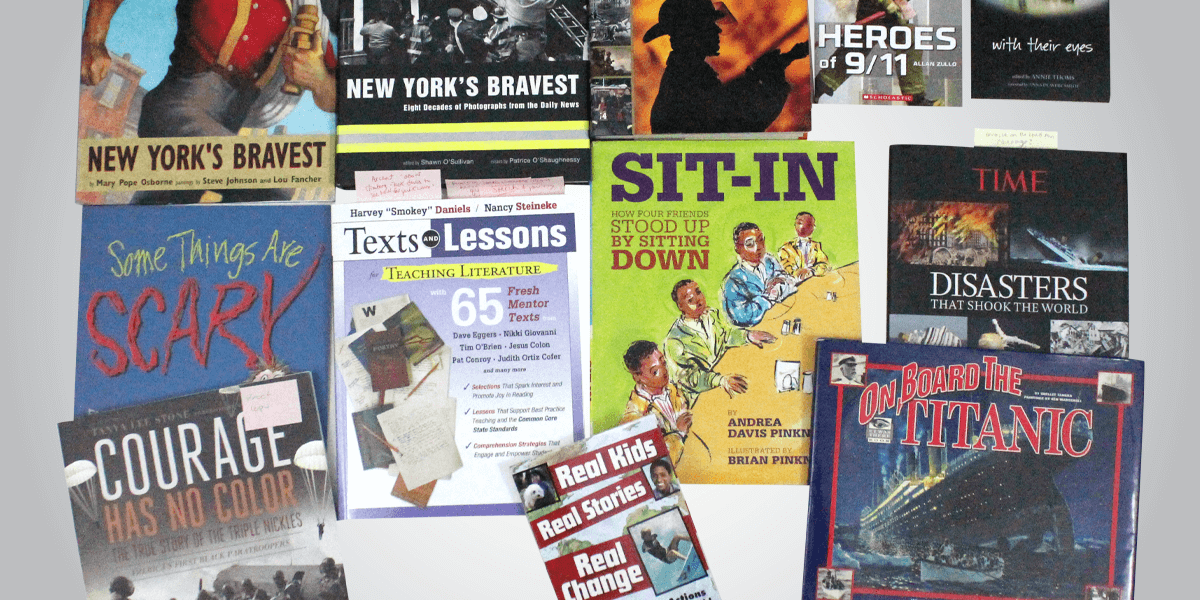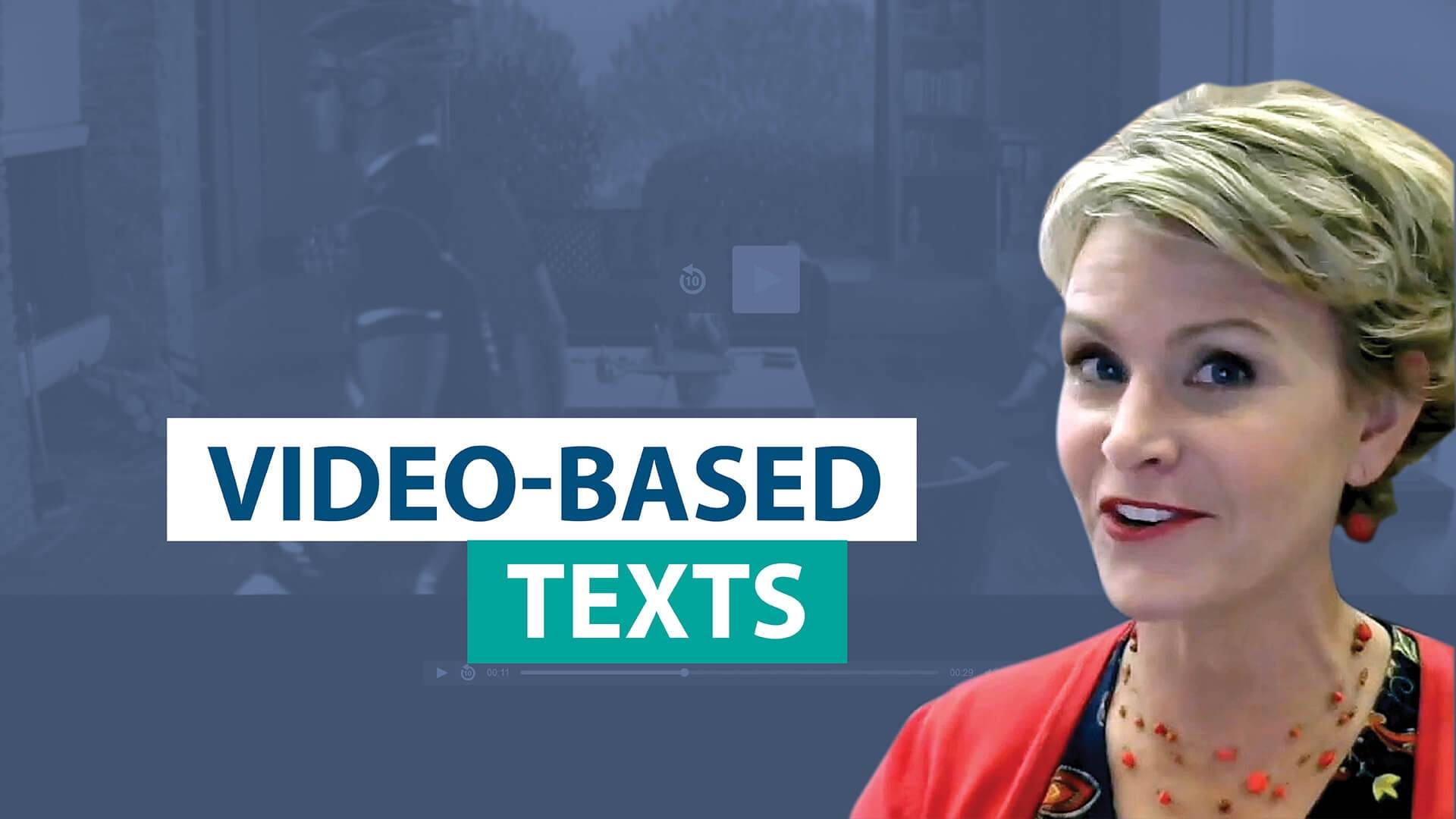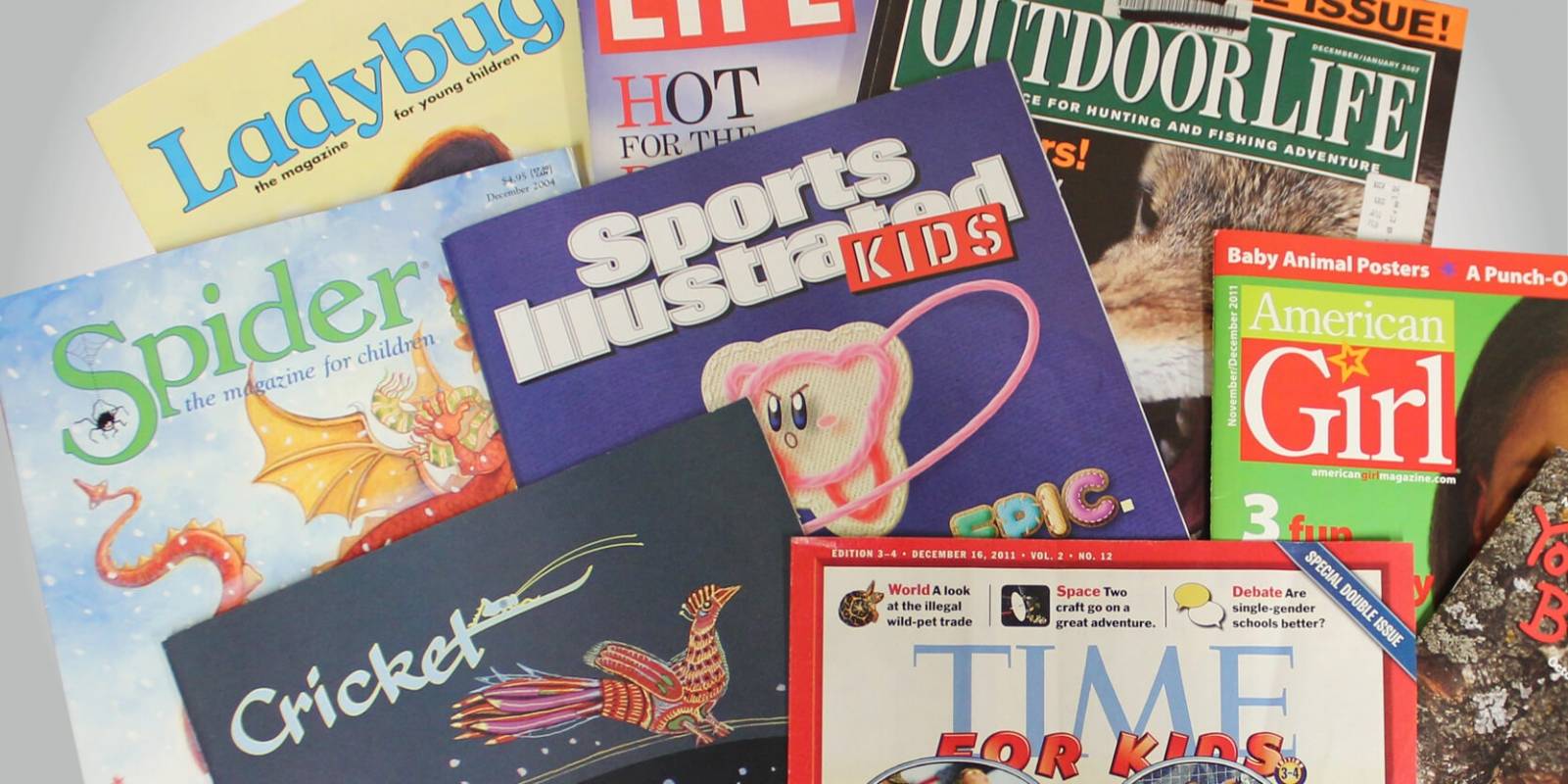Learning Center
reading
Read movie scripts
February 23, 2012
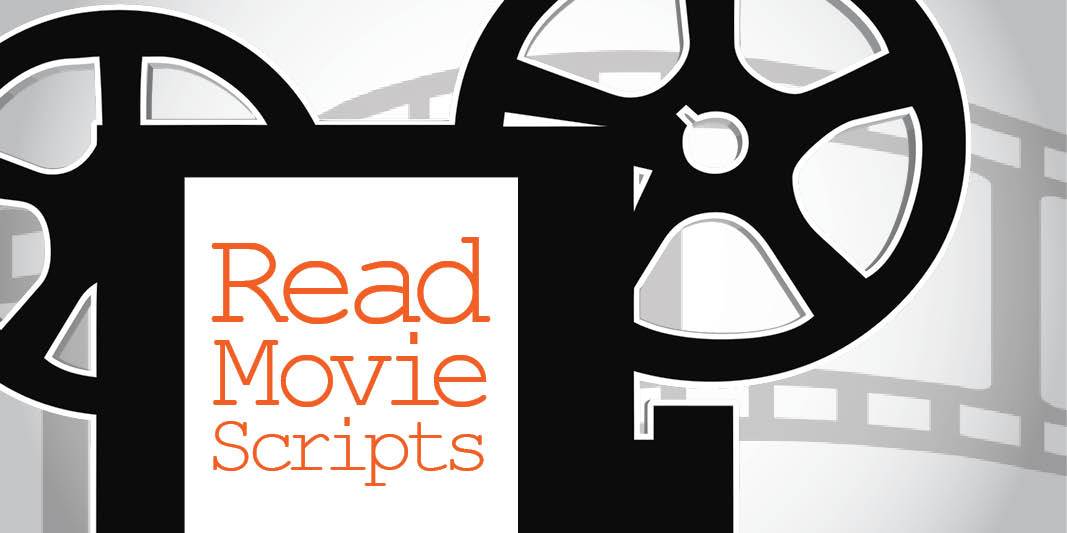
Over the years, several secondary teachers have shared that they can entice even the most reluctant readers with movie scripts. Students like movie script reading for many reasons:
- The narrow page format offers more white space, making the text less overwhelming.
- The cinema jargon makes it seem less like you’re reading for schoolwork.
- The visual cues to actors help students visualize what characters and scenes look like.
But don’t be misinformed. Movie scripts are a powerful tool to teach predicting, questioning, visualization, characterization, point of view, irony, and more. Movie scripts require comprehension skills beyond just reading what the characters say aloud.
Since scripts are meant to be read aloud, they are a great tool to practice fluency. Students can manipulate their voices while delivering the same line several different ways by emphasizing a different word to create more meaning and interest.
Hope Elementary (Hope, IN) teacher Pete Law uses movie scripts with his high ability fifth graders. In Pete’s class, students meet in small groups (for RtI), determining what they want to read. If they choose a movie script, they have the option of reading it alone, with a group, or even to “perform” the script as if they were auditioning for the movie.
Here are a couple of the sites that Pete uses to print scripts for his students:
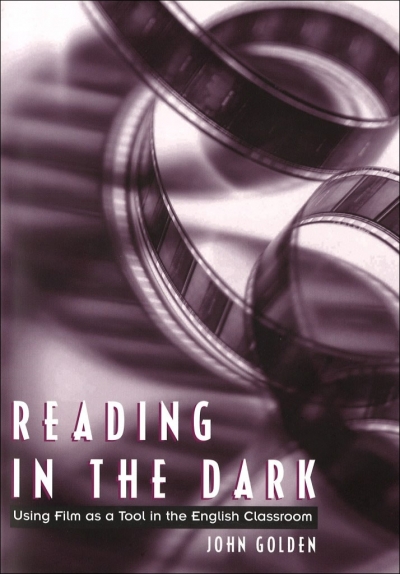
For more scripts (please screen for appropriate scripts as examples included on the sites are not censured for language), visit:
For more strategies and ideas on how to weave movies and scripts into your secondary classroom, check out Reading in the Dark: Using Film as a Tool in the English Classroom. The four sections provide a wealth of practical information: 1) Film Terminology and Cinematic Effects, 2) Film and Reading Strategies, 3) Film and Literary Analysis, 4) Teaching a Complete Film.


